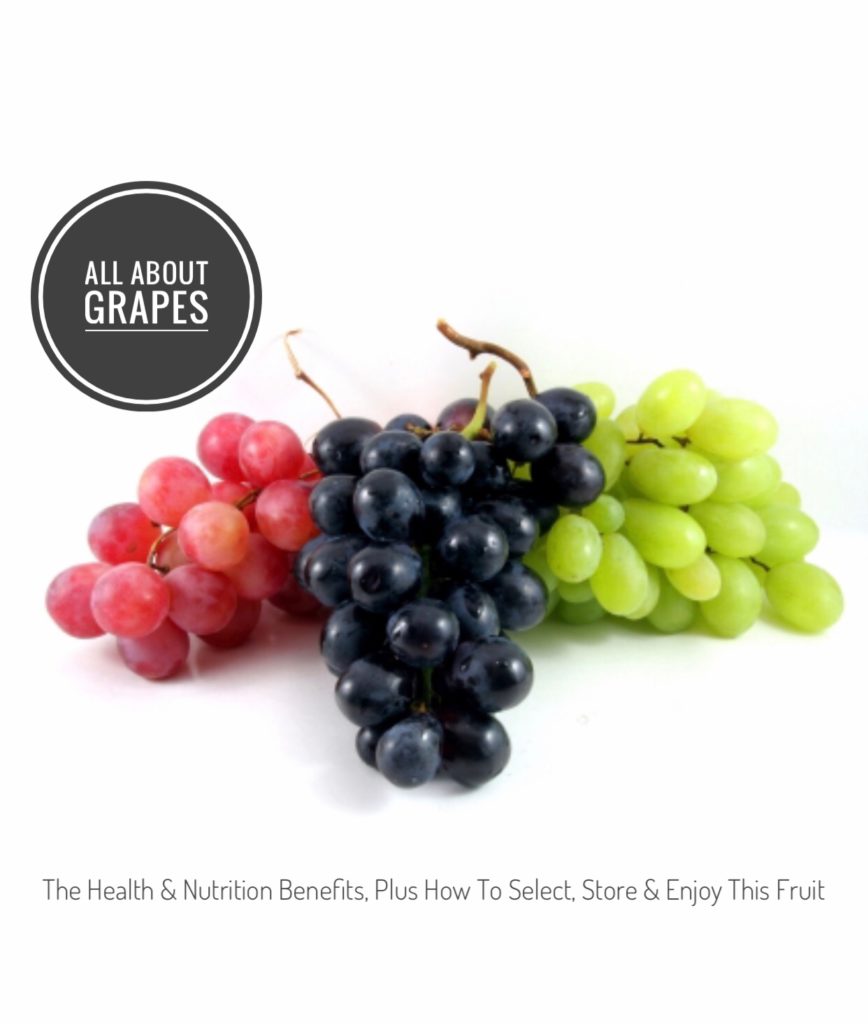Counting Grapes: How Many Grapes Are in a Bunch?
Grapes, with their juicy sweetness and vibrant colors, are a favorite fruit enjoyed by many around the world. Whether eaten as a snack, added to salads, or used in winemaking, the question of how many grapes are typically found in a bunch is a common query. In this article, we explore the varying factors that contribute to the number of grapes in a bunch and shed light on this delightful fruit's abundance.
1 .Understanding Grape Bunches:
1.1 The Nature of Grape Bunches:
Grape bunches are clusters of grapes that grow together on a single stem.
They are a natural arrangement of individual grapes, each contributing to the overall appeal and flavor of the bunch.

how many grapes in a bunch
1.2 Factors Affecting Bunch Size:
Several factors influence the size of a grape bunch, including the grape variety, growing conditions, agricultural practices, and the specific stage of growth when the bunch is harvested.
2. Counting Grapes in a Bunch:
2.1 Variable Grape Counts:
The number of grapes in a bunch can vary widely depending on the grape variety. Some bunches may contain only a few grapes, while others can hold a dozen or more.
2.2 Popular Grape Varieties and Bunch Sizes:
Different grape varieties exhibit distinct characteristics, including bunch size. For instance:
Thompson Seedless grapes often have larger bunches with approximately 100 to 300 grapes.
Red Flame grapes might have slightly smaller bunches containing around 70 to 100 grapes.
Smaller grape varieties, like Champagne grapes, can yield bunches with 30 to 50 grapes.
2.3 Cluster Thinning:
To enhance the quality of grapes, vineyard growers often practice cluster thinning—removing excess grape clusters during the growing season.
This allows the remaining clusters to receive more nutrients and sunlight, resulting in better grape development.
3. Cultivation Practices and Bunch Size:
3.1 Pruning and Training Techniques:
Vineyard management techniques, such as pruning and training, impact the overall size and quality of grape bunches.
Proper pruning ensures that the vines allocate their resources efficiently, contributing to healthy grape growth.
3.2 Climate and Growing Conditions:
The climate and environmental conditions of the grape-growing region also influence bunch size.
Favorable weather conditions can lead to larger, more abundant bunches, while adverse conditions might result in smaller ones.

how many grapes in a bunch
3.3 Ripeness and Harvest Timing:
The stage of ripeness at which the grapes are harvested plays a role in bunch size.
Some growers opt for earlier harvesting to produce smaller bunches with more concentrated flavors, while others may wait for a larger bunch size with slightly less concentrated flavors.
4. Consumer Perspectives and Usage:
4.1 Bunch Sizes for Consumer Preferences:
When purchasing grapes, consumers might find bunches of varying sizes at grocery stores or markets.
The choice of bunch size often depends on individual preferences, intended use, and portion requirements.
4.2 Culinary and Decorative Uses:
Grape bunches serve both culinary and decorative purposes.
For instance, larger bunches might be preferred for entertaining or display purposes, while smaller bunches are practical for snacking or adding to recipes.
Grapes, delightful in their natural sweetness and versatility, come in diverse bunch sizes that reflect the interplay of factors like grape variety, cultivation practices, and ripeness. While there is no fixed number of grapes in a bunch, the beauty of this fruit lies in its variability, catering to various tastes and preferences. Whether enjoyed as a healthy snack, used in culinary creations, or admired for their aesthetic appeal, grapes continue to captivate our senses while reminding us of the intricate complexities of nature's bounty.